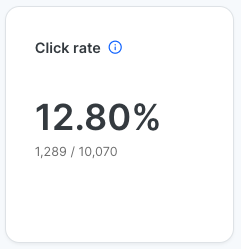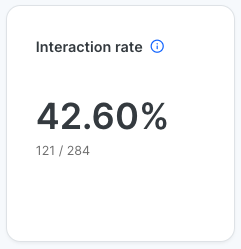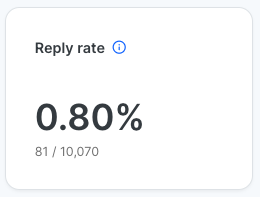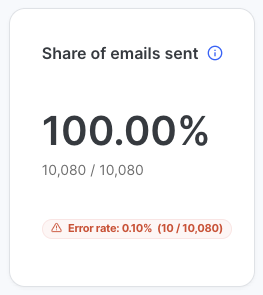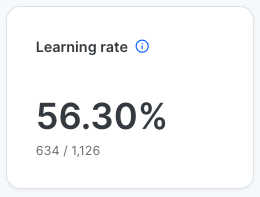Simulation overview metrics
Click rate
Interaction rate
Reply rate
Reporting rate
Open rate
Share of emails sent
Mobile rate
Learning rate
Overview Metrics – Multiple Clients / Multiple Tenants Behavior
For all Overview metrics, the calculation for Multiple Clients and Tenants combines events from all included campaigns. Total counts will therefore be the sum of all individual campaign accounts, and the rates will be the division of the combined sums.
User group breakdown
This chart provides an overview of the most important metrics (click rate, interaction rate, reporting rate and open rate) broken down by your user groups. You can use the filter at the top to only look at specific user groups and also change the sorting in the dropdown right next to it.
Impact
This chart is a powerful tool to help you figure out which departments need to improve in which area. Use this information to address specific weaknesses in your security culture.
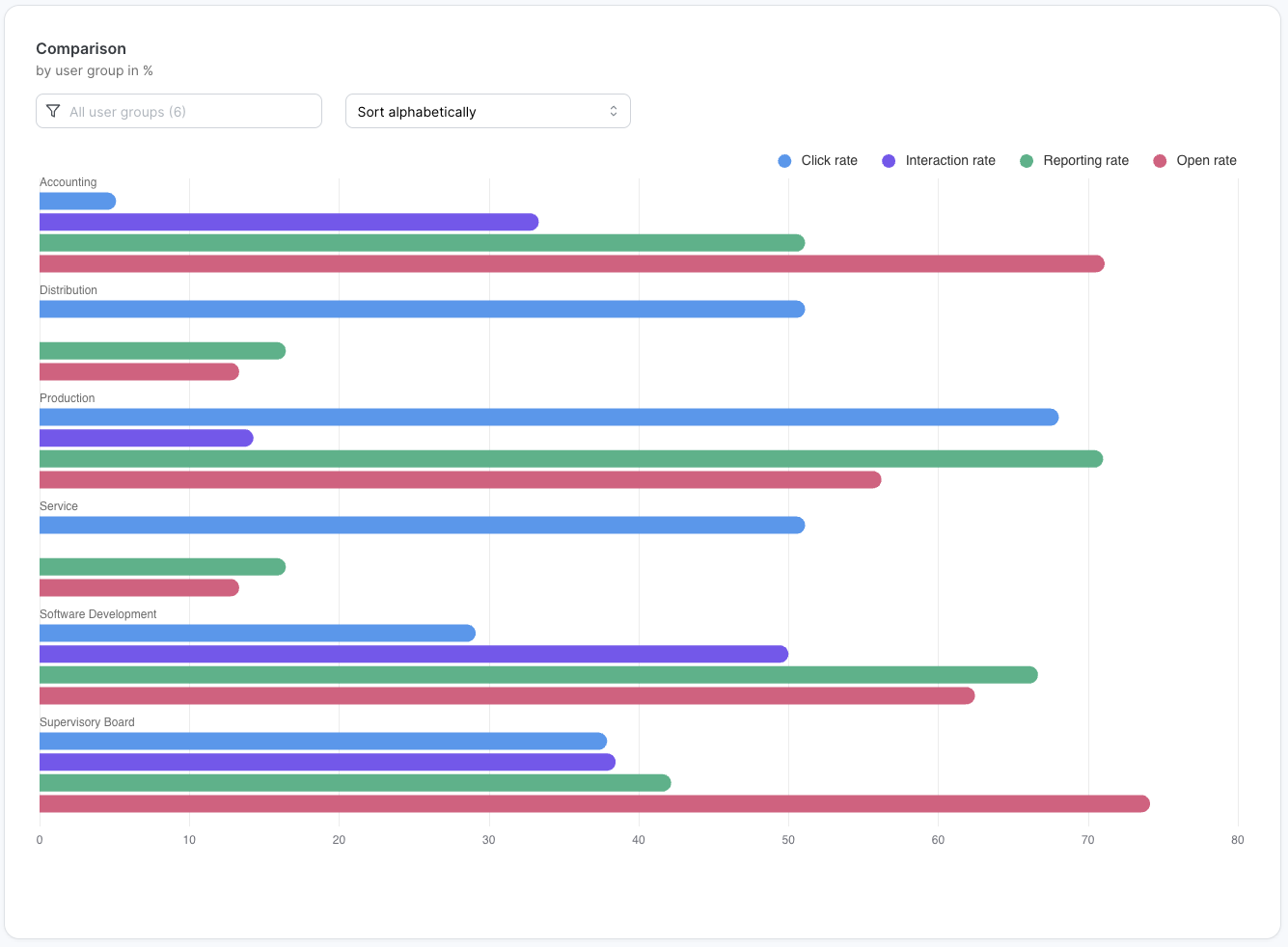
click to see the full-size screenshot
Overview Metrics – Multiple clients / Multiple tenants behavior
For all Overview metrics, the calculation for multiple clients and tenants combines events from all included campaigns. Total counts will therefore be the sum of all individual campaign accounts, and the rates will be the division of the combined sums.

